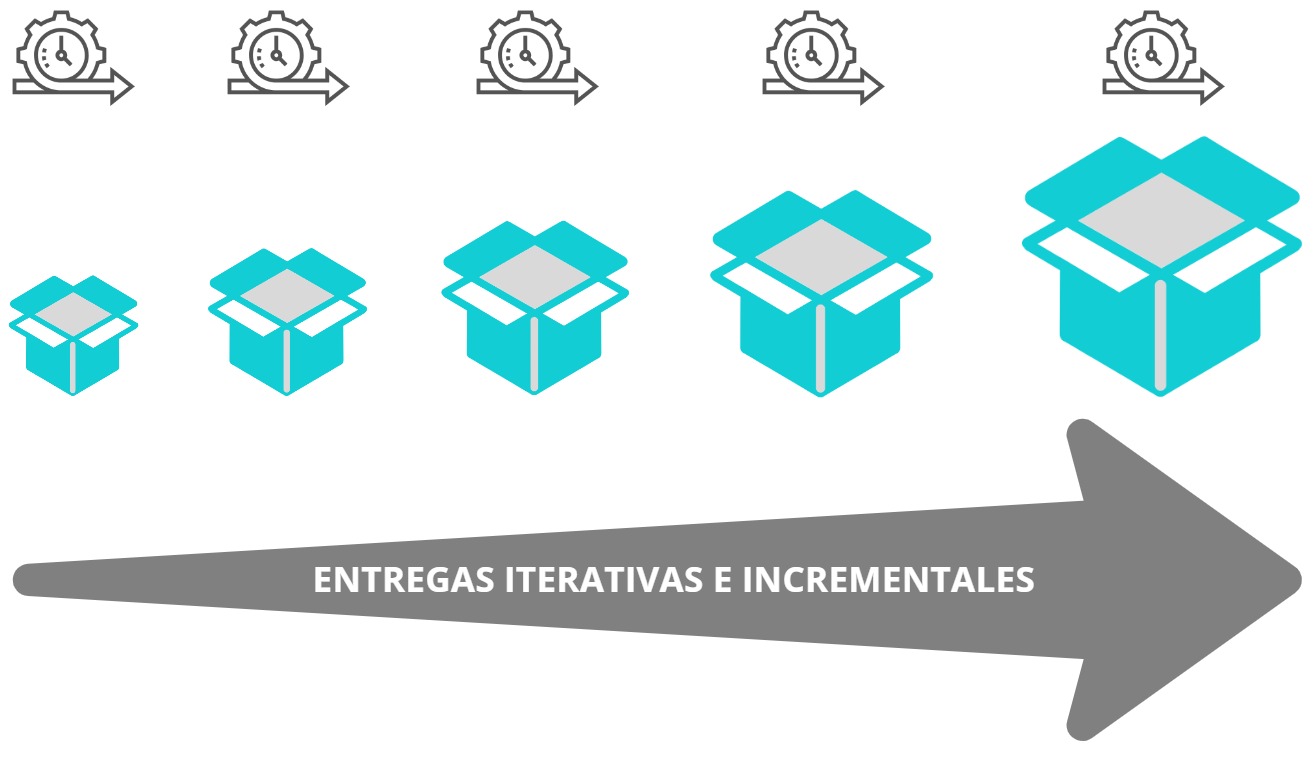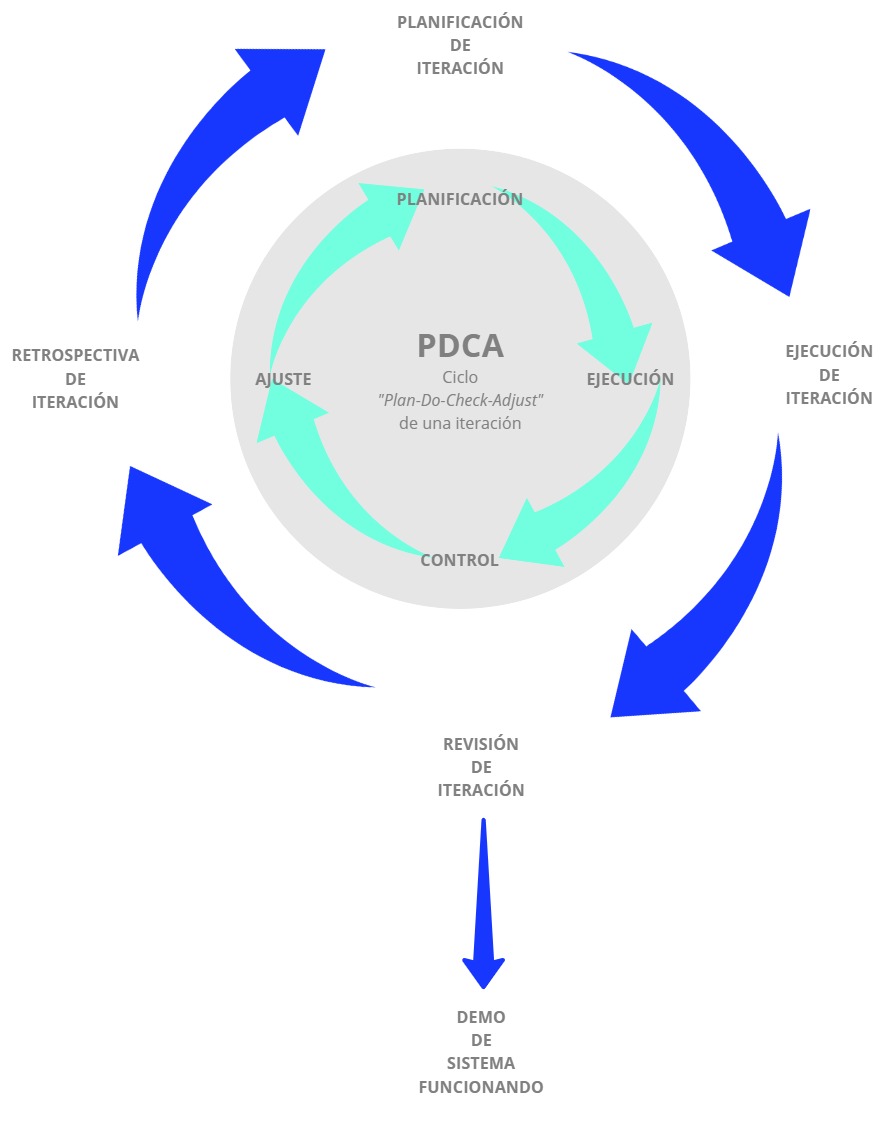What methodology is better for managing my software project?

When we are preparing for a software project, we inevitably ask ourselves: which framework is best for managing my project?
At this point, I pause to reflect on the differences between methodology and framework, and for this, it is worth defining each term.
Differences between methodology and framework
Methodology
Refers to the set of rational procedures used to achieve the objective or range of objectives that govern a scientific investigation, a doctrinal exposition, or tasks that require skills/knowledge.
Examples: Classic methodologies such as the one proposed by the Project Management Institute and agile methodologies such as SCRUM or SAFe.
Framework
From the English "framework." A framework is a set of concepts, practices, and criteria for addressing a particular type of problem that serves as a reference for facing and solving new problems of a similar nature.
Examples: Classic frameworks: PMP, PRINCE2, and Agile frameworks: SCRUM, SAFe.
If we make a brief comparison between the two terms, we can say that the methodology follows an unmovable and "methodical" scheme (hence its definition) to achieve an end, while frameworks draw on different concepts for their functioning, these concepts are mostly taken from methodologies, and according to the criteria and flexibility of their implementation, more flexible parameters can be established to allow us to progress in our task.
Based on the above, we can create a diagram that allows us to visualize the concepts:

Now that we have defined and clarified the concepts of methodology and framework, let's move on to the methodology that is best suited for managing my project.
Methodologies for managing software projects
Classical or waterfall
This methodology is a linear approach to software development and has been the most used for the last 30 years. The sequence followed by this method is composed of the following phases:
Capturing and documenting requirements.
Design.
Development.
Testing.
UATs.
Error correction and final adjustments.
Release to production.
In a pure waterfall development, each of these stages must be completed before moving on to the next one. In the waterfall methodology, it is not possible to move on to the next phase if the previous stage has not been completed. (An example is the requirements that must be validated by the client before moving on to the design phase).
Ahora que tenemos definidos y claros los conceptos de metodología y marco de trabajo, avancemos en la metodología que me conviene adoptar en la gestión de mi proyecto.

Agile
Agile is an iterative and team-based approach to development. This approach emphasizes the rapid and incremental delivery of a fully functional application in components. Each iteration has a defined duration with a continuous list of deliverables planned at the beginning of the iteration. The deliverables are prioritized by business value determined by the customer. If all planned work for the iteration cannot be completed, the tasks are reprioritized and included in the next iteration.
As work is completed, it can be reviewed and evaluated by the project team and the customer through Agile ceremonies. Agile methodologies have a high level of customer participation throughout the project, especially during these reviews.

All methodologies are valid, mature, and reliable for applying to your software projects.
How do I choose the best methodology for my software project?
Deciding the most appropriate methodology for each case is not a simple task, each project, due to its intrinsic characteristics, requires different management approaches. It is advisable to carefully investigate the project, as well as the circumstances surrounding it and the client's environment.
Sometimes, fully implementing a methodology, whether waterfall or Agile, can be quite complex. Therefore, depending on the project typology, we recommend a hybrid methodological approach. At Gluo, we have adopted the Hybrid Agile methodology, which is based on the Scrum framework.
Hybrid Agile accelerates the adaptation curve to it, without losing the ability for introspection, transparency, and iteration of Agile methodologies. At the same time, it introduces certain characteristics of more traditional methodologies, thus making teams and clients feel more comfortable in environments with little training in Agile approaches.
This hybrid methodology involves the use of prototypes. In this way, we provide the client with a better vision of their finished product at the beginning of the design and development cycle. This helps improve the team's understanding of requirements and communication with the client.

In upcoming deliveries, we will be talking to you about a hybrid methodology for project management.
Do you currently face challenges in managing software projects within your company?
At Gluo, we can train your team in Project Management methodologies to ensure project quality and timely delivery of requirements.


